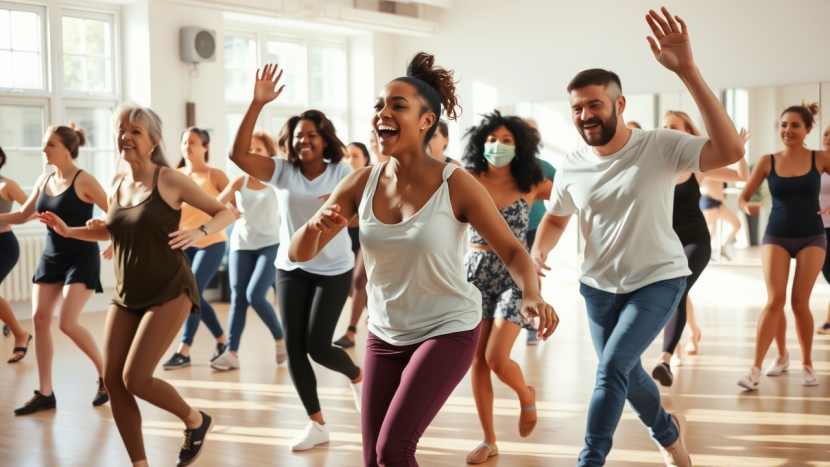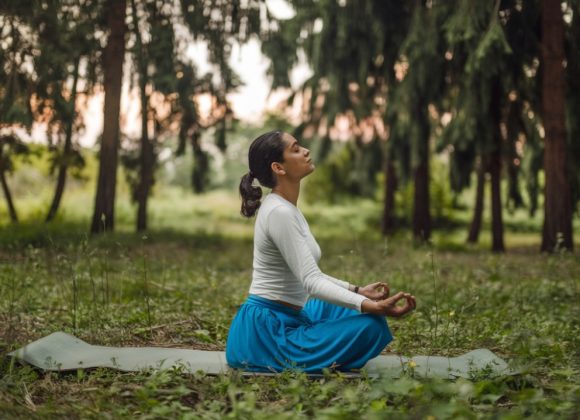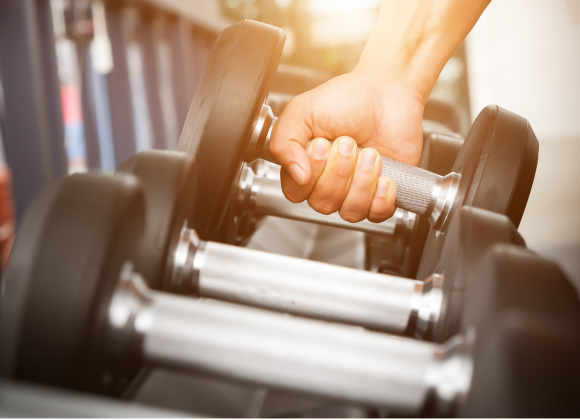Dancing is more than just a joyful expression—it’s a full-body workout and a mental wellness booster all rolled into one. Whether you’re grooving at a party, practicing classical dance, or taking a Zumba class, dancing offers profound physical and psychological benefits. The best part? You don’t need to be a professional dancer to enjoy them.
Let’s explore how dancing can improve your body, boost your brain, and elevate your overall well-being.
Physical Health Benefits of Dancing
1. Improves Cardiovascular Health
Dancing increases your heart rate, which helps improve blood circulation and reduces the risk of heart disease. Just 30 minutes of dancing can be as effective as jogging or cycling.
🔗 Harvard Health – The Heart Benefits of Dancing
2. Boosts Strength and Stamina
Whether it’s hip-hop or Bharatanatyam, dancing requires body control and endurance. Regular practice improves muscle tone, balance, and coordination.
3. Enhances Flexibility
Styles like ballet or contemporary incorporate stretches and fluid movement that naturally increase flexibility, reducing the risk of injuries.
4. Supports Weight Loss
Dancing is a great way to burn calories. A moderate session can burn 200–400 calories in 30 minutes, depending on the intensity.
Mental Health Benefits of Dancing
1. Reduces Stress and Anxiety
Dancing releases endorphins—your body’s natural mood boosters. It also provides an emotional outlet and helps distract from negative thoughts.
🔗 Psychology Today – Dance as Therapy
2. Improves Cognitive Function
Learning choreography stimulates memory, attention, and problem-solving skills. Studies show dance can delay the onset of dementia and cognitive decline in older adults.
🔗 CDC – Cognitive Benefits of Physical Activity
3. Boosts Confidence and Self-Esteem
Mastering a routine or simply moving freely builds body awareness and self-acceptance. It’s a celebration of what your body can do.
4. Promotes Social Connection
Group dance classes and performances encourage interaction and belonging. Social connection is a key factor in reducing depression and loneliness.




